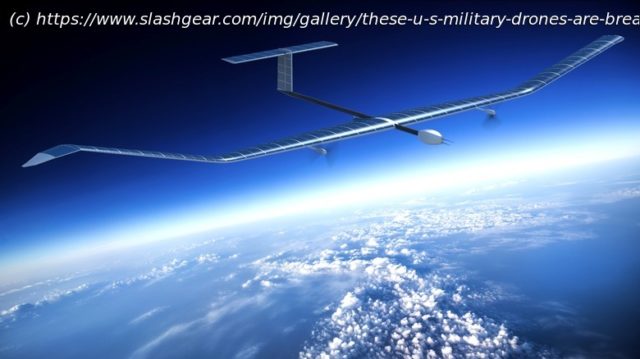The U.S. military is testing some record-breaking new drones
The U.S. military has been using drones for decades, though their popularity has skyrocketed in recent years. Unmanned Aerial Systems (UAS) like the MQ-1 Predator and MQ-9 Reaper tend to get most of the press. Still, the military uses these handy systems for everything from dropping ordnance on targets to gathering intelligence, surveillance, and reconnaissance (ISR). To that end, numerous platforms exist, and each branch of the military has its favorites.
For the U.S. Army, the list is long, but lately, the Army has been deploying a drone most people don’t know exist. The Kraus Hamdani Aerospace K1000ULE is a specialized aircraft capable of being stored easily and deployed within about 10 minutes after opening its case. Once ready to take to the sky, the K1000ULE has some additional tricks up its sleeve because it’s a 100% electric and fully capable tactical UAS.
The Army doesn’t use the K1000ULE for offensive or defensive actions. Rather, the system is ideal for ISR missions abroad. Because the system is electric, it’s far quieter than the aforementioned combat-capable systems. The K1000ULE is an impressive UAS with a lot of capabilities, but it’s not the only system the Army is testing. There’s also Airbus’ Zephyr, which is another electric drone, though this one uses solar power to remain in the air for months at a time, and that’s only one of the many records it’s broken.The Airbus Zephyr is breaking all kinds of flight endurance records
Because the Zephyr is a fully electric aircraft, it’s relatively new. As the Army puts it through its paces, the UAS has racked up some impressive broken records. Zephyr is a High Altitude Platform Station (HAPS) designed to fly for months at a time above 60,000 feet. The goal is to deploy the Zephyr system where other satellites are otherwise limited as a means of carrying out ISR.
As of late 2024, the Zephyr is the only fixed-wing HAPS of its kind to function in the stratosphere.
Home
United States
USA — IT These U.S. Military Drones Are Breaking Records – Here's What Makes Them...






